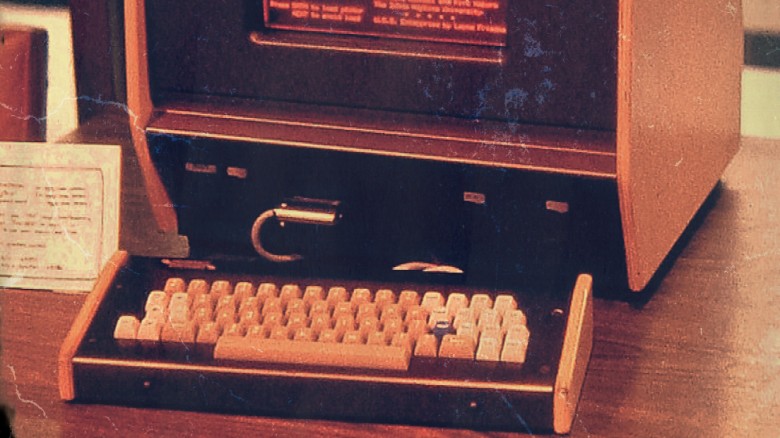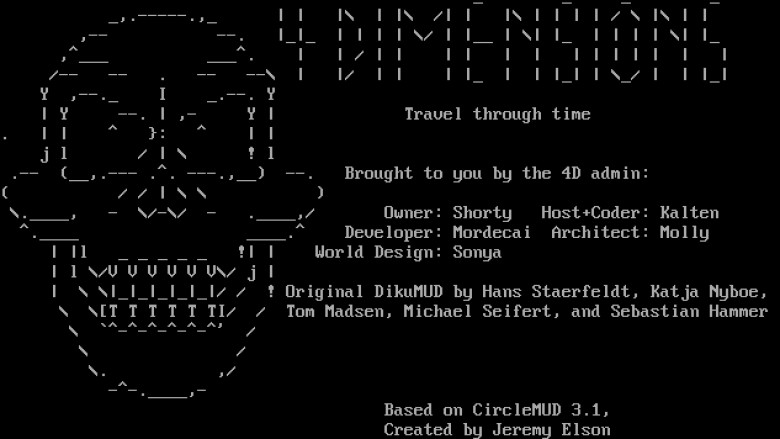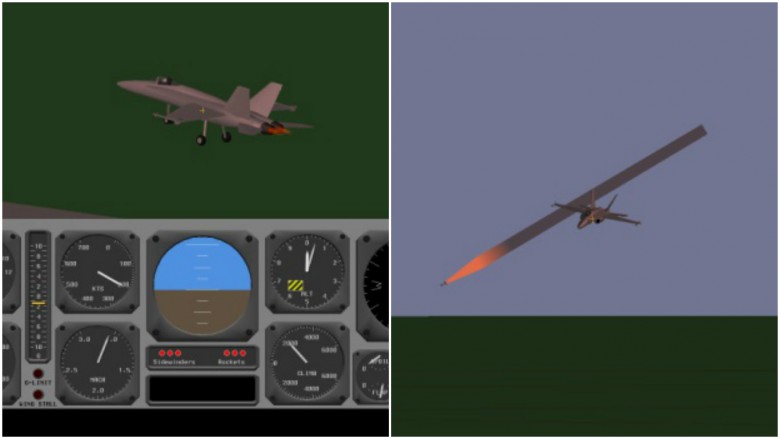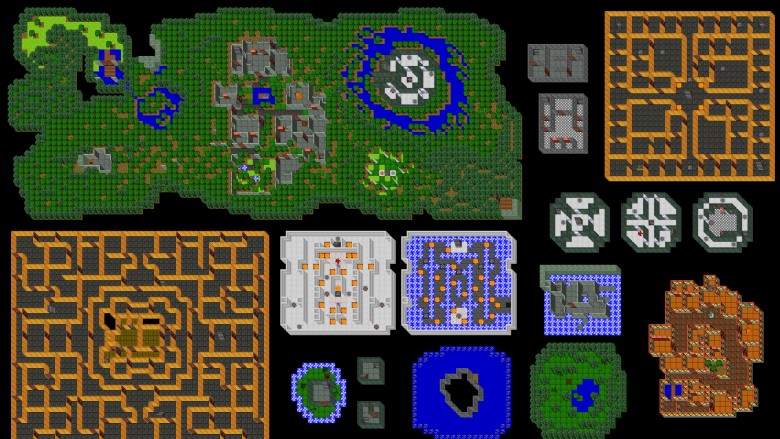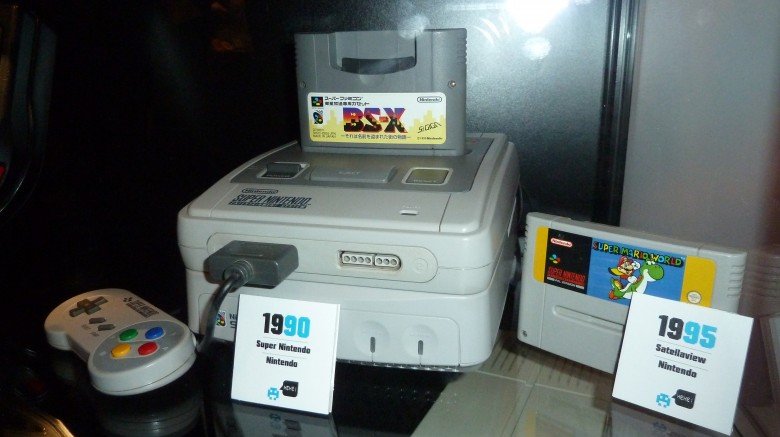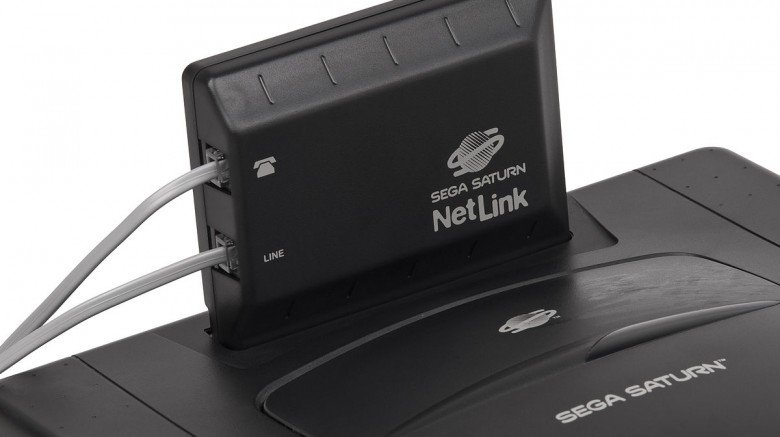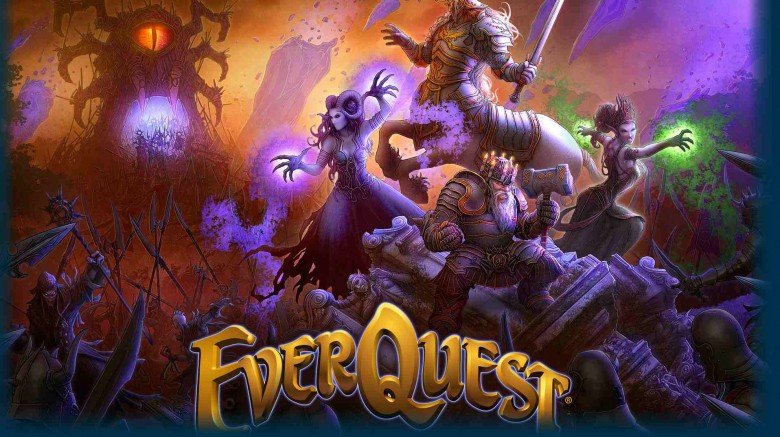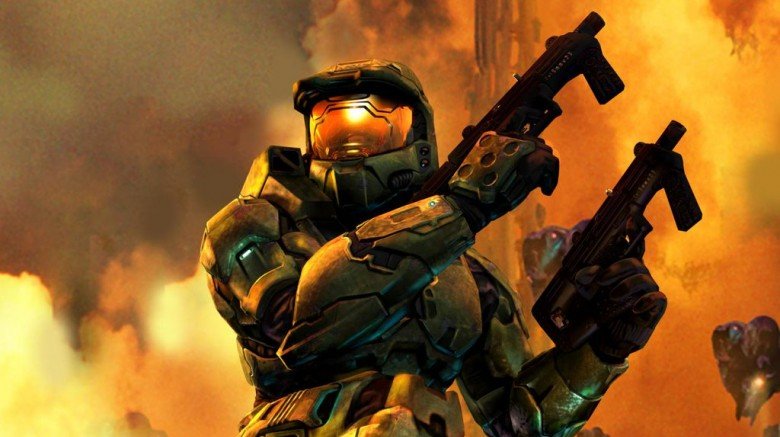The Untold Truth Of Online Gaming
intro
Once been viewed as a luxurious add-on to a solid single-player campaign, online gaming has come into its own, with many games (such as the next-gen reboot of Star Wars: Battlefront) initially offering nothing but online play. Gamers have more online options than ever; whether they're using phones or controllers or computers, there's more variety than ever, with users able to shoot, explore, and chat with other gamers from all over the world.
Despite this pervasive popularity, many people don't realize just how many decades of development it took for online gaming to take off. Fortunately, you don't need to find a glowing exclamation point and go on a quest to find out—our guide to the untold truth of online gaming is here to help.
It all started with PLATO
When we think about online gaming, most people think about online giants like Steam, Blizzard, and console services like Xbox Live, services that developed and then expanded in the 1990s and the 2000s, bringing an entire generation of gamers together online. But the true pioneers of online gaming go all the way back to the swinging '60s and a system called PLATO.
Given that it was named with an acronym inspired by a famous philosopher, it's not surprising that PLATO (short for Programmed Logic Automatic Teaching Operations) was developed for education. The system used time-sharing terminals to help provide college students (and later, grade school kids) with special computer education, including notable features like a 1972-era touchscreen. PLATO also made it easier for students to create their own programs, which led to more students at more universities creating custom games like Spacewar—a title created before PLATO, but opened up to player vs. player space combat courtesy of the system's network. That's right—fully networked multiplayer space combat, and it came out five years before anyone had ever heard of Star Wars!
Their name is MUD
MMORPGs have absolutely exploded over the last couple of decades. Early endeavors like Everquest led to the explosive success of World of Warcraft and a later focus on adapting popular licenses, as happened with Star Trek Online, Star Wars: The Old Republic, and Marvel Heroes. The attraction of these games is very clear: gamers can join up, explore fully realized worlds, and quest together to find fortune and glory. Of course, before these graphical adventures, there were the much humbler MultiUser Dungeons, affectionately referred to as MUDs.
The earliest MUDs were created by Roy Trubshaw, a student at Essex University in 1978 who set out to combine a couple of very distinct things: the fun of early text adventure games like Zork as well as the classic feeling of hanging around with friends while playing RPGs like Dungeons and Dragons. His original MUD allowed users to use keyboard commands to explore virtual worlds that had been created with vivid descriptions, and players could use various commands to interact with each other as well as the world.
The earliest MUD was available online in the U.K. for a few years, and Trubshaw and later MUD guru Richard Bartle released both the word and the idea into the public domain. Cue decades of people creating MUDs that, in turn, recreated countless worlds for players to explore. Interestingly, MUDs (and their various offshoots, like MUCKs) are still a thriving gaming medium.
The first FPS
One of the most undeniably popular aspects of online gaming is shooting other players in a virtual space. Gamers have long understood the joys of playing classic first-person shooters such as Doom with other people, and console players got a taste of the fun with the Nintendo 64 classic Goldeneye before Xbox Live made it easy for Halo players to take the fun online. However, none of this would have necessarily been possible without Maze War, an overlooked game that just happens to be the world's first FPS.
Maze War was a game with a complex pedigree. The earliest iterations were created by a NASA intern in the early '70s named Steve Colley, who thought it would be cool to have a game in which players had to escape a maze but could only see directly in front of them. Quickly discovering that wandering empty mazes was boring, Colley and his coworkers spiced things up by adding other players. The goal was simple: kill or be killed.
The game ended up migrating to MIT and went online, allowing two players to fight each other. The game kept getting passed around, upgraded, and its network and legacy grew; to this day, you can play Maze War on platforms such as Facebook. Most gamers have no idea that the joy they feel conquering their enemies in Overwatch or Call of Duty would have been impossible without Maze War.
SGI Dogfight
Online dogfighting has waxed and waned in popularity over the years. For instance, 1990's Star Wars nerds remember classic games like X-Wing and TIE Fighter, and later games allowed players to take their womprat-shooting skills online in interstellar dogfights. In later years, the genre didn't get as much love, but the modern emphasis on virtual reality has brought in cool new dogfighting games such as Eve: Valkyrie and Elite Dangerous. However, none of it would have been possible without the accurately named SGI Dogfight.
The earliest versions of the game were created in 1983, when it was a simple flying simulator (albeit one with some cutting-edge graphics). Networking capabilities were added the following year, and then the ability for players to dogfight was added in the mid-'80s. It has the honor of being the first game to use the Internet Protocol Suite that would later be used to connect countless gamers, though early versions were network hogs that couldn't initially be played on the internet. This didn't keep it from being played extensively over various networks, causing headaches for countless managers. In 1989, IP Multicast was added to the game, finally allowing online play (albeit only for those privileged few with multicast access).
The first commercial RPG
The earliest online RPGs were essentially love letters written by fans in the form of text-based MUDs, but it didn't take long for developers to cash in on the idea of an online RPG as a commercial endeavor. One early example, Island of Kesmai, was a sequel of sorts to Dungeons of Kesmai, a primitive text and ASCII graphics adventure created by grad students Kelton Flinn and John Taylor. Their fellow students at the University of Virginia loved Dungeons to the point that the creators had to limit access to the game at certain times to keep people from flunking their classes.
Encouraged, the duo set out to create a better and bigger sequel that would allow more people to play (the original only let six people play at once), and the result was Island of Kesmai. Recognizing their creation's commercial potential, they made a deal with Compuserve to host it online—and even though Compuserve charged exorbitant hourly fees, players flocked to the game. Not only was this the first online commercial RPG, it was the first to introduce a basic quest and reward structure, meaning you have Kesmai to thank (or blame) for every online fetch quest in World of Warcraft.
Nintendo's online is in another castle
Nintendo isn't exactly known for online gaming—which is really surprising when you consider that the original Nintendo was the first online gaming console.
Various Nintendo systems have received interesting add-ons in Japan that never made it to America, including a special modem that allowed online play for certain titles, including the popular game Go. While this early effort was a failure, Nintendo tried again when they released the Satellaview for the Super Famicom (known as the Super Nintendo Entertainment System in America). This pricey add-on pioneered a number of online features, allowing users to download games during certain times. And while Nintendo didn't offer multiplayer gaming with the Satellaview, their decision to broadcast game data at certain times via satellite radio meant these games could have voice acting and other features that seemed revolutionary at the time.
Nintendo even used the service to offer additional game content and patches, making this a really early version of the modern practice of DLC and game-fixing updates. There was yet another attempt with an add-on to the Nintendo 64; like the others, it was limited to Japan, and it flopped relatively early, but not before allowing users to play some games online. The time just wasn't right for console online gaming (as rival Sega would later discover).
The discs that launched a thousand games
While their ubiquitous free discs and famous "you've got mail" chime made them somewhat notorious, the truth is that online gaming got an extreme shot in the arm thanks to America Online. In fact, AOL featured a focus on games almost from the beginning: they hosted an early service, Game Line, that allowed people to download Atari 2600 games for a small charge. Later, they ushered in graphical chatrooms and primitive MMOs that were powered by gaming powerhouses like LucasArts. As the World Wide Web became a worldwide phenomenon, AOL dropped their hourly structure and switched to a monthly subscription fee while making their online games free to play. While they ditched game offerings entirely not long after, AOL is responsible for ushering in countless new users and creating a market for cheap online gaming—one that later businesses would successfully capitalize.
Sega has to go fast with online
Sega has a reputation—sometimes deserved—of following Nintendo's lead. For better or for worse, this included tracing their rival's steps into online gaming, which led to the advent of the Japan-only Meganet service. In addition to being the most '80s-sounding thing ever, Sega's MegaNet allowed users to attach a modem to their Sega Genesis and play a limited number of games online, including the futuristic football game Cyberball. Overall, the Meganet was a mega flop, but it didn't keep Sega from trying again. Specifically, Sega included online play options with the Sega Saturn (allowing users to play competitive classics like Duke Nukem 3D and Virtual On) and the Dreamcast (allowing users to play Quake III and the unforgettable Phantasy Star Online).
RPGs level up
After years of incremental develoment, the early to mid-'90s saw the rise of the first Massively Multiplayer Online Role-Playing Games. Arguably, it started with Neverwinter Nights in 1991, which brought Dungeons and Dragons to life and allowed users to wander around a fully-realized graphical world. This early Neverwinter Nights iteration only lasted five years, but its many users (up to 150,000, all willing to shell out six dollars per hour to play) proved there was a significant market for MMORPGs. For better or for worse, this opened the door for later endeavors like Ultima Online and Everquest to start charging monthly subscription fees to offset the high cost of development (and to be fair, these fees were a much better deal than charging gamers by the hour).
These games, too, were massively successful, opening the floodgates for more MMORPGs like Dark Ages of Camelot, Final Fantasy XI, and the sequel to Everquest. World of Warcraft arrived in 2004, hooking fans with an insanely-popular MMORPG that brings to life the world of humans, orcs, and undead first glimpsed in games like Warcraft II and Warcraft III. WoW managed to net millions of subscribers, and while the overall number of subscribers has declined in recent years, it remains the only MMORPG that has millions of subscribers while still preserving its monthly fee instead of going free-to-play.
With World of Warcraft still going strong nearly a decade and a half after it debuted, developers are still scratching their heads and trying to come up with a way to copy what makes WoW so addictive and successful—and no one's truly come close.
Master Chief saves the day
The vast majority of online gaming's history is rooted in the world of computers, but near the turn of the century, the impossible finally become reality: successful online gaming for home consoles. After early abortive attempts in the 1980s and 1990s by Sega and Nintendo, it was Microsoft that kicked off the console gaming renaissance with their original Xbox and its Xbox Live service. And they'd planned ahead: their systems shipped with the necessary hard drives and Ethernet ports required for online gaming (so gamers weren't paying for expensive add-ons), and they knew a growing user base had the fast internet connections required to use them.
Friends lists made it easy to connect with old friends and make new ones, and headsets that plugged into controllers made it easy to chat with people instead of just typing things out. Microsoft aggressively pushed dozens and dozens of Xbox Live-compatible games during that first year, but it was arguably the release of the online-enabled Halo 2 that pushed things over the edge.
After console online gaming took off, it became a mandatory component for all major home systems. More importantly, it liberated online gaming; users who had neither expensive PCs nor a deep background of technical knowledge could now join the fun with a simple home console. Users still love to debate the merits of PCs vs. consoles, but the truth is that online gaming wouldn't be close to its current robust form if Microsoft hadn't helped make it a fun, frag-filled reality.


